- Jan 16, 2019
- 23,325
- 19,413
- Country
- United States
- Gender
- Female
- Faith
- Non-Denom
- Marital Status
- In Relationship
Upvote
0
Starting today August 7th, 2024, in order to post in the Married Couples, Courting Couples, or Singles forums, you will not be allowed to post if you have your Marital status designated as private. Announcements will be made in the respective forums as well but please note that if yours is currently listed as Private, you will need to submit a ticket in the Support Area to have yours changed.
Modern Treehouse
@Tone Here you go.
View attachment 283860
View attachment 283861
View attachment 283862
View attachment 283863
View attachment 283864

For sure. I was getting into shows about homesteads, treehouse construction and tiny houses at one time myself, as well as a Canadian-based home repair series. Programs like that can really invigorate your inner architect / interior designer.Anthony,
Thanks for chiming in.
I looked at the picture earlier and couldn't place the roof but I knew I saw it before. Then I remembered the period houses in the UK. Sometimes television comes in handy.
I'm glad you like them. You wanted beachfront properties.The second one mirrors your style. But the first contains many features you'd want in a family home.
I like Victorian houses. The layout is choppy and has to be modernized. They didn't have a lot of bathrooms! But they're neat projects nonetheless.
You'll build your dream home of course. Any idea what style you're leaning towards?
Yours in His Service,
~Bella
 I'm not completely sure regarding my idea dream home design, though. Definitely something modern or contemporary, but perhaps with rustic or eclectic elements as well.
I'm not completely sure regarding my idea dream home design, though. Definitely something modern or contemporary, but perhaps with rustic or eclectic elements as well.  I'm not a fan of anything too box-like or stark, it needs some level of character. But I'm torn between something tropical near the ocean or a forest cabin concealed within a lush forest. It would need spacious rooms, an abundance of natural lighting and windows, natural materials mixed with steel, perhaps earthy tones, a sleek exterior, and an inviting, cozy interior.
I'm not a fan of anything too box-like or stark, it needs some level of character. But I'm torn between something tropical near the ocean or a forest cabin concealed within a lush forest. It would need spacious rooms, an abundance of natural lighting and windows, natural materials mixed with steel, perhaps earthy tones, a sleek exterior, and an inviting, cozy interior.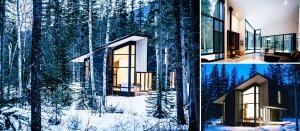
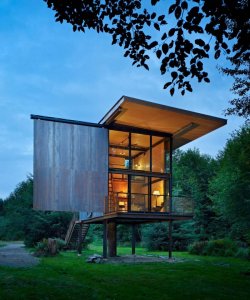
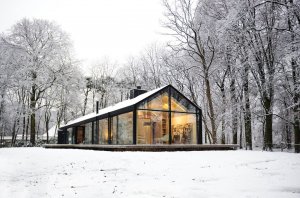
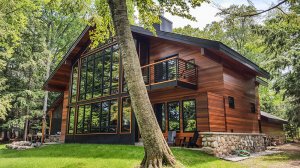
thank you! I love those pictures of thatched roofs. So cute. I would love to spend 2 or 3 days there may be with a woman cooking a meal or some kind of homestay. I imagine waking up in the morning refreshed after a good night sleep.
I think homestead should be one of my house styles I do. I'm going to write it down for one of my days. I like the idea of permaculture and homesteading.was getting into shows about homesteads,
I'm partial to water also. the one-way I resolved that without the cost is finding a nearby body of water that I can run to. It was hard when I lived in the middle of farmland though. But I did have a goldfish pond with a waterfall which was nice.I'm partial to water but I like the country too. I want land most of all. I've been poking around the mountain states looking at property. I can't live in the city anymore. Wyoming looks nice.
me too!!! I am all about light.I like large rooms with floor to ceiling windows and lots of natural light
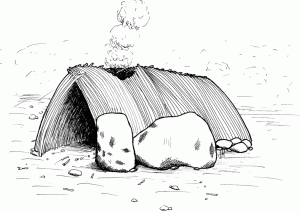
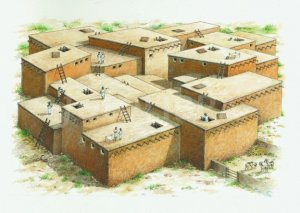
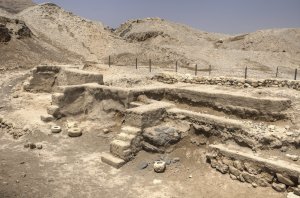
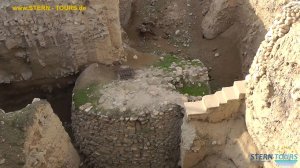
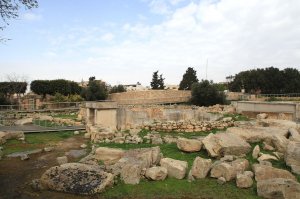
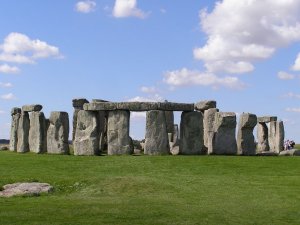
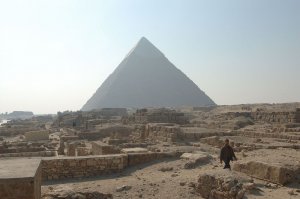
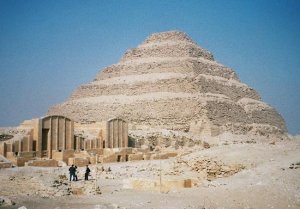
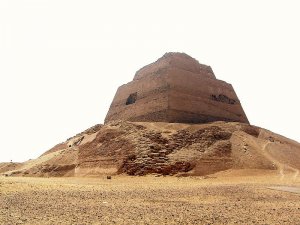

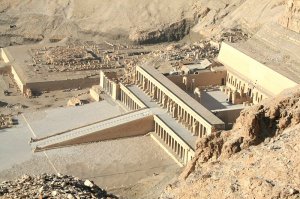
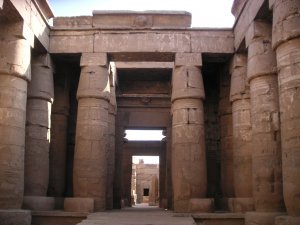
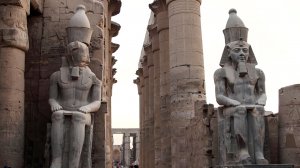
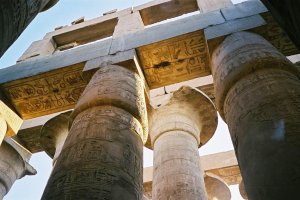
Those are stunning! I love the designs for Salve Regina University, Cornell and Princeton especially.Day 8. Universities. Notre Dame is near me and I go running there from time to time. Indiana University is where I graduated from in Bloomington. Such a beautiful place made of limestone. West Point New York is where I fell in love with running. The Army gave me an ultimatum in 1992 that if I didn't pass my PT test that they would kick me out of the army. So I started running on my own time, fell in love with the scenery of the architecture and Hudson River and the rest is history.
All the other universities I have not been too but they caught my eye and I'm curious to see.
View attachment 284035 View attachment 284036 View attachment 284037 View attachment 284038 View attachment 284039 View attachment 284040 View attachment 284041 View attachment 284042 View attachment 284043 View attachment 284044
thanks for the information. have you been to the universities that you mentioned that you like? Also I might go to Notre Dame tomorrow if there's rain. It will allow for social distancing because of the large space and prayer. Going to run from the campus soon during their first kickoff of the season with football. Should be interesting since it will be 20% capacity and no tailgating.Those are stunning! I love the designs for Salve Regina University, Cornell and Princeton especially.
Notre Dame is really interesting as well; it seems to be based on the Beaux Arts style, especially because of the paired columns used to support the dome and at the entrance.
